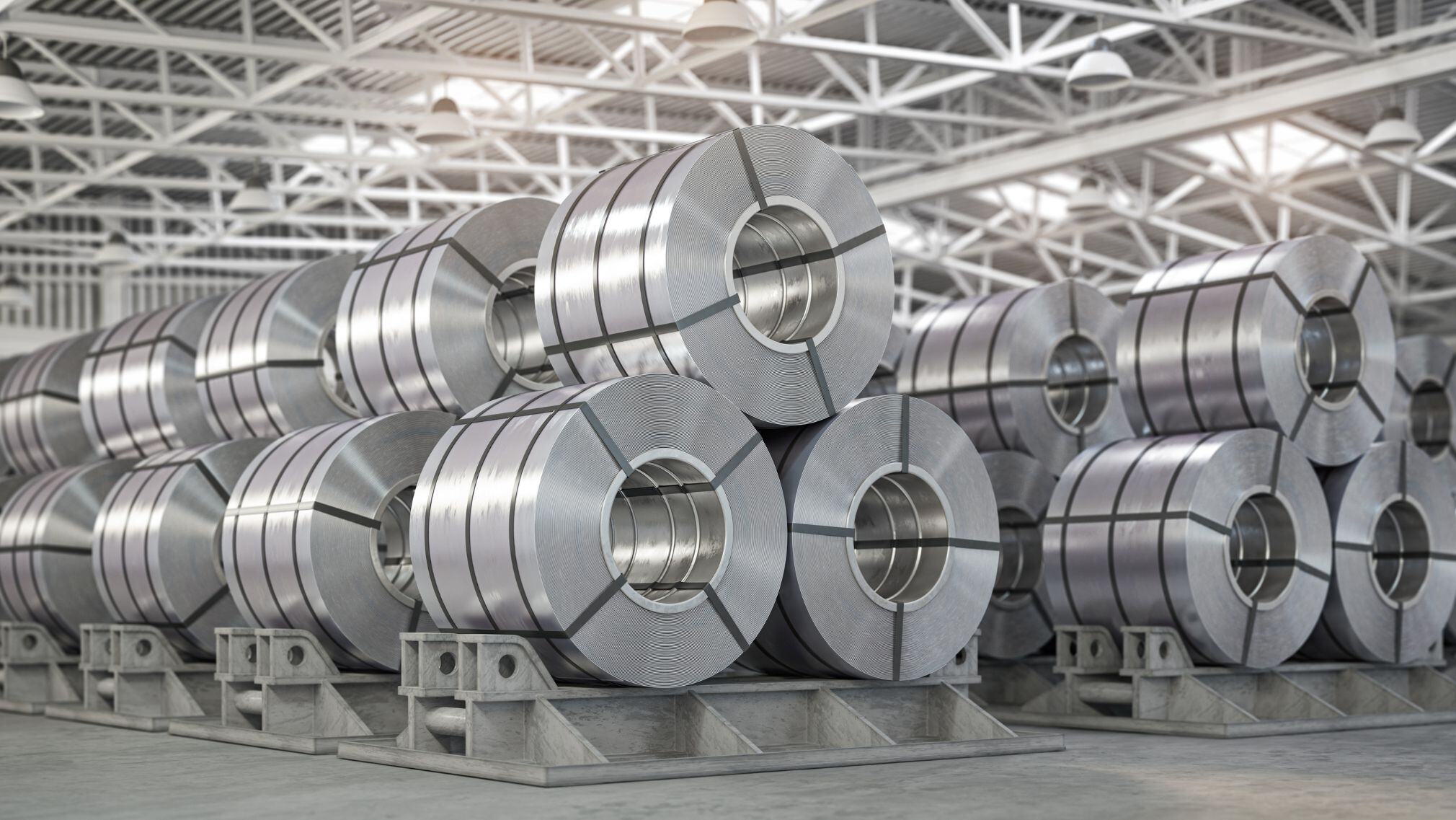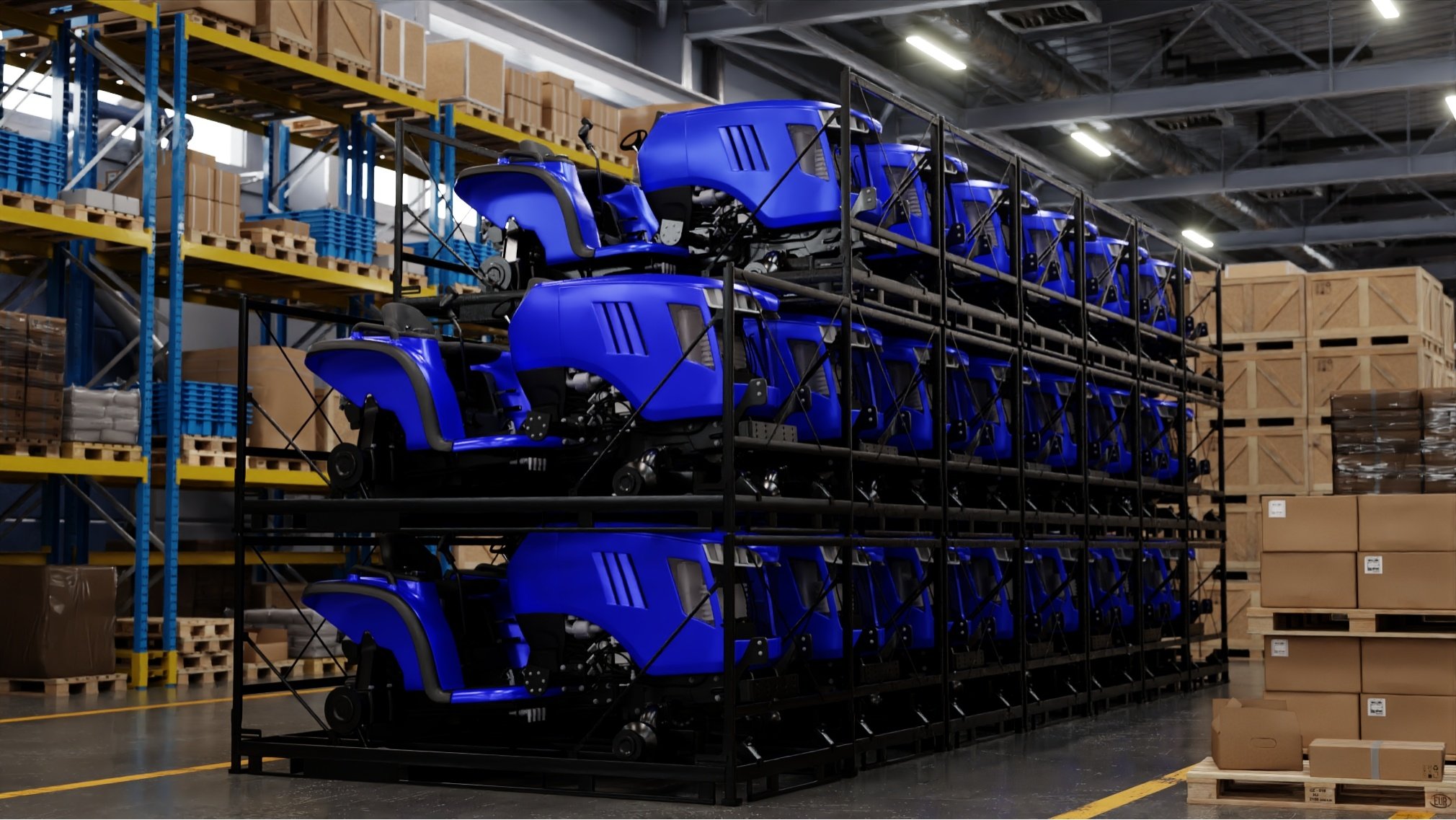A Guide to Preventing Rust and Corrosion While Storing Steel and Metal
Storing steel and metal involves implementing various protective measures to prevent rust formation. These measures include thorough cleaning, proper...

For companies that manufacture, transport, or handle sheet metal, securing the safety and well-being of warehouse employees is essential. The hazards associated with sheet metal work are often underestimated, leaving workers vulnerable to avoidable accidents.
Handling metal sheets poses various risks, including potential cuts, lacerations, and puncture wounds due to sharp edges or protruding objects. Additionally, improper lifting techniques may lead to strains, sprains, or musculoskeletal injuries. Handling sheet metals in industrial settings demands a focus on safety. Here are five tips that can help you stay safe while working with sheet metals:
Unprotected handling of metal sheets can lead to life-threatening injuries due to sharp edges and the conductivity of metals. Ensure all team members wear appropriate PPE, including heavy-duty gloves, safety glasses, hard hats, steel-toe boots, and full-length clothing to minimize the risk of cuts, burns, and exposure to metal debris during operations like grinding and welding.
As a warehouse worker, it is crucial to understand the importance of wearing a respirator or face mask when handling sheet metal due to the potential health risks associated with metal dust. When metal is cut, drilled, or manipulated, it releases fine particles into the air that can be inhaled. These particles may contain harmful substances such as metal oxides or other contaminants, which can irritate the respiratory system and cause long-term health issues. By wearing a respirator or mask, you can effectively filter out these airborne particles, reducing the risk of respiratory problems and safeguarding health in the workplace.
When moving metal sheets in a warehouse, it is essential to adhere to proper lifting protocols and techniques to prevent injuries. First, remember to bend your knees, not your back, to keep yourself stable. Then keep the metal sheet close to your body to give your back a rest. Do not forget to use your legs to lift while keeping your back straight. Make sure your feet are spread out for better balance. Do not twist your body with the metal sheet; instead, pivot your feet if you need to turn. Lastly, if it is too heavy, ask for help or use machines like forklifts or pallet jacks. The recommended weight for safely picking up and moving sheet metal without requiring a forklift or other machinery typically depends on individual strength and lifting capabilities. Although OSHA does not have set limits or standards for workplace lifting, as a general guideline, most experts suggest that individuals should not lift more than 50 pounds manually to reduce the risk of injury. It is important to assess each situation carefully, considering factors such as the size, shape, and awkwardness of the metal sheet, as well as the individual's physical condition and training in proper lifting techniques. When in doubt, it is always safer to seek assistance or use mechanical aids to handle heavier loads.

Adhere to proper lifting techniques when handling sheet metals.
Moreover, employees transporting sheet metal must practice clear communication to alert others nearby of their presence. Saying simple phrases like "coming through" or "watch out, carrying metal here" helps ensure coworkers are aware, enabling the team to transport the metal safely and efficiently to its destination.
Warehouse workers should wash their hands after handling metal to remove residual contaminants, such as oils or chemicals that may leak through gloves. These can potentially irritate the skin or cause harm if ingested. Regular handwashing is not only essential for preventing the spread of germs but is also helpful for maintaining workplace hygiene, particularly after handling metal. Metal particles can easily cause cuts if left unchecked so make sure to wash any unprotected areas as well. These cuts may not only be painful but also increase the risk of infection and other complications. Prioritizing hand hygiene after handling metal is a cautionary measure to minimize the likelihood of injuries to oneself or coworkers.
Before working with sheet metal, all employees must properly inspect their tools to ensure proper working order. Warehouse workers rely on power tools such as drills, grinders, and saws to efficiently cut, shape, and manipulate sheet metal. However, several safety concerns arise when these tools do not work properly. First, malfunctioning power tools can increase the risk of accidents and injuries due to unexpected movements or sudden stops during operation. Second, tools with damaged or dull blades or bits may produce jagged or uneven cuts, leading to sharp edges on the metal that can cause lacerations or puncture wounds to those handling the metal. Additionally, power tools that lack proper maintenance or calibration may result in inaccurate cuts or excessive vibration, posing further safety hazards. Therefore, industrial workers must ensure their power tools are in good working order before attempting to handle sheet metal to minimize the risk of accidents, injuries, and product defects.
All manufacturing facilities must establish and uphold a culture of safety in the workplace, ensuring comprehensive safety measures across all operations and employee conduct.
If your company has not appointed a safety leader, this should be done immediately. A safety leader will encourage organizational practices that prioritize safety, such as regular safety training, hazard identification, and communication channels for reporting safety concerns. For more information about creating a culture of safety in manufacturing, read our article.
Safety should always be the top priority when handling sheet metals in a facility. By implementing these safety tips and fostering a culture of safety in the workplace, you can protect your employees and promote a safe and efficient working environment.
Are you looking for tailored industrial packaging solutions for your steel and metal products? Your search ends with UFP Packaging. As North America’s largest total packaging solutions provider, we offer a range of proprietary crating solutions, protective packaging, and testing and design services. With more than 90 facilities worldwide, we are well-equipped to meet your regional, national, and global packaging needs.
Call us at (855) 779-1703 or request a consultation here.
Want to receive all of the latest packaging news and insights?

Storing steel and metal involves implementing various protective measures to prevent rust formation. These measures include thorough cleaning, proper...

What is Expendable Steel Crating? Expendable steel crates are designed for single use, providing a reliable and sustainable packaging solution for...

Creating a workplace culture of health and safety is about finding and preventing dangers that an employee could be exposed to. All organizations...